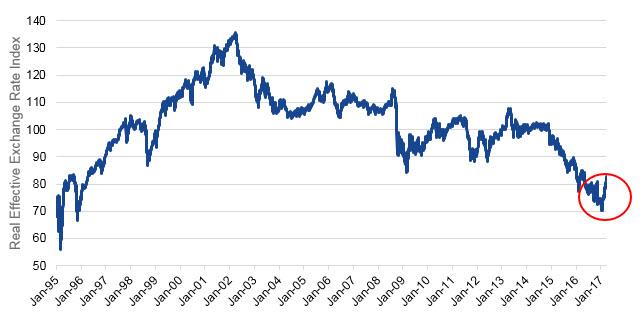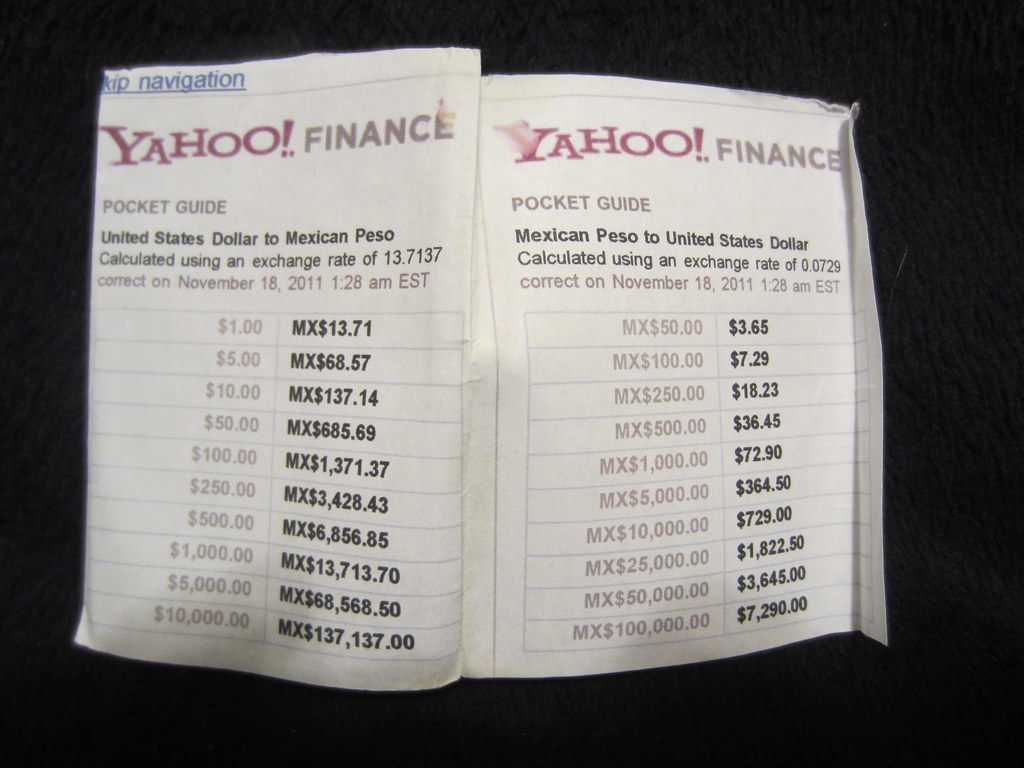

Because of these developments, the Brazilian agricultural sector emerged as a key contributor in Brazil’s economy. During the first decade of the 21st century, the Brazilian Government sought to increase its agricultural competitiveness by reducing production costs, improving market access, and expanding infrastructure. By expanding its agricultural frontier into the Brazilian savannah, the country soon became one of the world’s top producers of soybeans, corn, cotton, and meat. With a more stable and open economy, Brazil reaped returns from government-sponsored breeding of varieties of crops and livestock suited to the climate and soil conditions of tropical plains (savannah), known as the Cerrados. From the mid-1990s onward, with higher world prices for agricultural commodities, Brazil’s sustained agricultural growth has been largely investment-driven, marked by rising foreign investment and increased influence of multinational corporations in production agriculture and food processing.Īfter 1994, economic reforms, more open trade, and flexible exchange rate regimes in Brazil created an environment that helped the country’s agricultural sector flourish. The Brazilian Government provided fiscal and financial support to agriculture during the 1970s and 1980s, in particular through large amounts of subsidized credit. The growth of Brazilian agriculture is rooted in the development strategy adopted in the mid-1960s that emphasized technologies and farm management practices best suited to tropical latitudes.
#Explain currency rates in mexico to us dollar series
The growth of the Brazilian agricultural sector proceeded through a series of economic expansions, contractions, and crises that prompted the country’s government to adopt credit, tax, and price policies that stimulated the agricultural sector and ultimately increased the competitiveness of Brazilian agricultural exports. Brazil is now one of the chief competitors of the United States in international markets for many of these commodities.
/168317996-56a3ea483df78cf7727fdc5f.jpg)

Even though Brazil recently experienced one of its worst economic recessions-based on the depth and length of the economic downturn-implementation of favorable agricultural and macroeconomic policies helped the country emerge as an even stronger agricultural exporter.Įxtended periods of currency depreciation have sharpened the competitiveness of Brazilian agricultural exports in global markets.įaster depreciation of Brazil’s currency during the next decade could lead to faster growth in Brazilian exports than expected in USDA Agricultural Projections to 2029.īrazil’s Macroeconomic Policies Position It as a Strong Global Agricultural Competitorīrazil has made a significant transformation from being an exporter of tropical agricultural products such as coffee, sugar, and cacao in the 1960s and 1970s to becoming a major global supplier of soybeans, corn, cotton, sugar, coffee, orange juice, and meat in the 2000s.


 0 kommentar(er)
0 kommentar(er)
